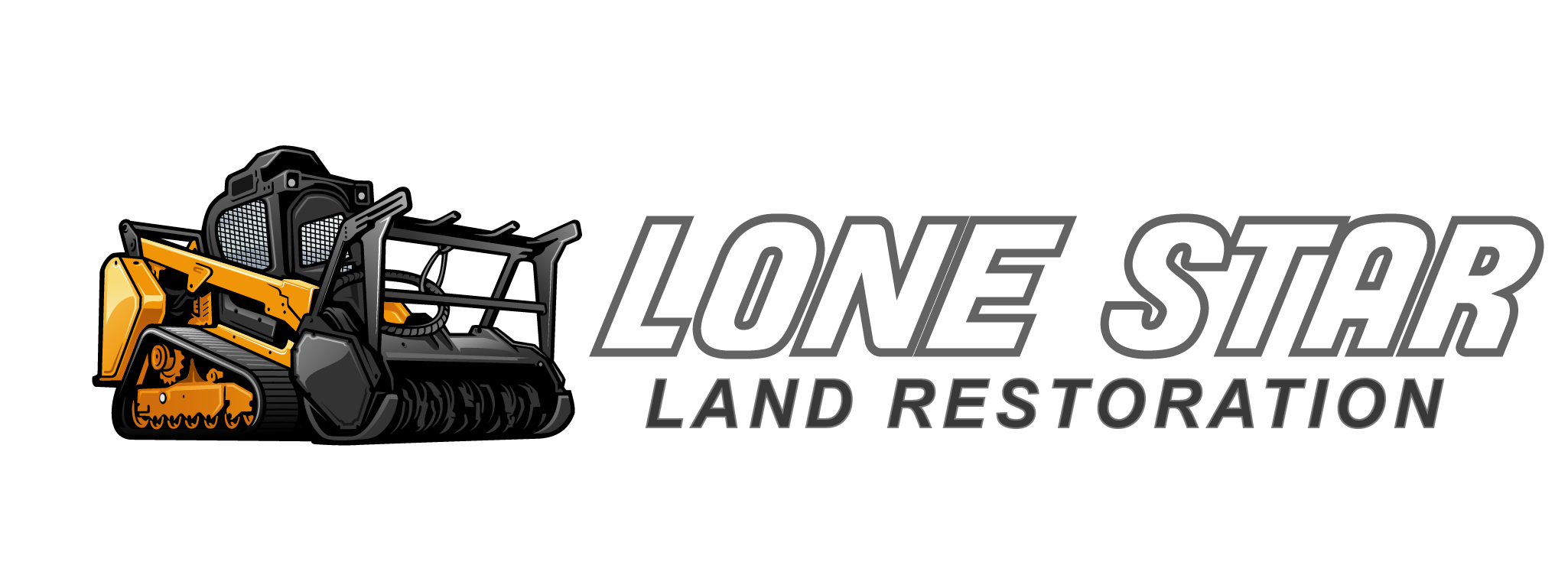Seasonal Land Clearing in Texas
- LoneStarLandRestoration

- Jul 21
- 4 min read

Seasonal Land Clearing in Texas
Land clearing is the process of removing brush, trees, and unwanted vegetation to make land usable again. In Texas, that job gets tougher with each passing season. Overgrowth, storms, and changing soil conditions all work against you if you're not paying attention to timing.
Waiting too long can lead to bigger equipment needs, fire hazards, or problems with pests. Acting at the right time can make the job faster and cheaper. Fall, winter, and early spring each offer conditions that work in your favor.
Cooler weather, dormant growth, and fewer active animals make it easier to clear land without extra complications. Understanding what each season brings allows landowners to work with the environment instead of against it. Planning ahead, especially in rural Texas, helps you stay in control of your land and avoid costly surprises down the road.
Why Timing Makes a Difference
Texas weather is known for its extremes. Summers often bring long stretches of heat, while winters are usually mild with the occasional cold front. Rain can be unpredictable, and dry spells can drag on for months.
These conditions directly affect how and when land can be cleared. Some plants and trees are easier to remove when they stop growing for the season.
Trying to clear thick brush during the peak of summer can push equipment too hard, increase fire danger, and waste time. Working in cooler months avoids these problems and keeps projects moving. Timing affects more than just the temperature.
It also affects how deep roots go, how dense the growth is, and how much cleanup is required. Clearing land at the wrong time adds more work, burns more fuel, and leaves landowners with fewer options. Smart planning pays off when the seasons are used to your advantage.
Best Times of Year to Clear Land in Texas
Fall: When the weather starts to cool, the ground is still soft enough to work without extra effort. This makes it a solid time to remove larger vegetation, including mesquite and cedar. You can cover more ground without dealing with extreme heat or dry, cracked soil.
Winter: Most plant growth slows down during winter, which makes clearing easier and faster. Roots are weaker, and you’re less likely to disturb animals that have already moved or settled. This season works well for landowners needing to clear several acres or prepare for major changes.
Spring: Before the first full growth cycle kicks in, early spring gives you a window to clean up land while visibility is still high. Trees and brush haven’t thickened yet, which makes it easier to spot what needs to go. It’s also a good time to prep for grazing or planting.
Summer Warning: High heat and dry conditions can slow everything down. Machines can overheat, and cutting through dry brush brings the risk of wildfires. Summer clearing should be avoided unless absolutely necessary.
Why Seasonal Clearing Pays Off
Clearing land during the right season can make a big difference in how much effort and money goes into the job. Working in cooler months means machines run better, roots pull easier, and large sections can be cleared faster. That alone cuts down the time it takes to finish a project.
Seasonal clearing also makes it easier to plan. If you’re thinking about putting up fencing, preparing fields, or adding new structures, having open space ahead of schedule helps everything run smoother. It’s also a way to improve the look of your land, especially if you’re dealing with thick brush or trees crowding the area.
With fewer pests and less fire risk, your land is safer and more manageable. Waiting too long can lead to more growth, more cleanup, and more time wasted. Clearing ahead of the rush sets you up for better results.
How Lonestar Land Restoration Handles It
Lonestar Land Restoration understands what it takes to manage Texas terrain. Timing matters, and the work must match the land conditions. Using heavy machinery without knowing the soil, brush type, or seasonal impact wastes time and fuel. These jobs require more than showing up with equipment.
They require knowing when the job can be done well. This crew shows up on time, clears land fast, and doesn’t leave half-finished work behind. Projects stay on schedule because the planning happens before the machine even starts.
Landowners who choose Lonestar know what they’re getting: hard work, solid results, and straight answers. It’s not about fancy marketing or cutting corners. It’s about doing the job right the first time and walking off the land with nothing left undone. When brush, trees, or mess need to go, these folks get in, get it done, and move on.
What to Do Next
The right time to clear land doesn’t wait around. If you plan to clear before the next growing season or want to avoid heavy brush buildup, book ahead. Fall and winter are the busiest times, and schedules fill fast. Waiting too long could mean you miss the window that makes the job easier and more affordable.
Landowners who plan early have more control, fewer delays, and better results. If you’re ready to move forward, don’t sit on it. Call Lonestar Land Restoration or fill out the contact form to schedule a free property assessment.
You’ll get straight answers and a clear plan of what comes next. That way, when the season hits, you’re not stuck waiting in line. Land doesn’t clear itself. Make the call and get it on the books before the season slips away.




Comments